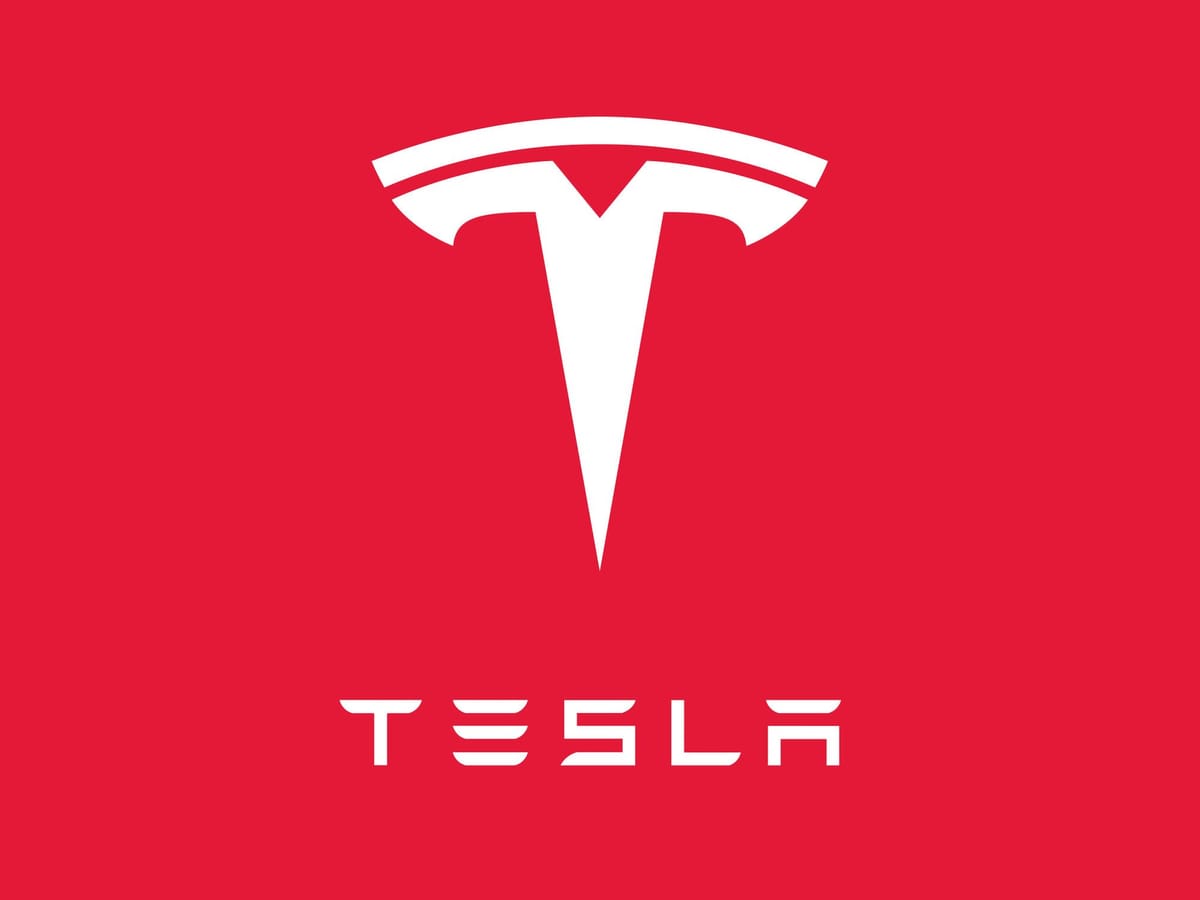Investment Thesis: Hermès

Hermès stands as a beacon of timeless elegance and masterful craftsmanship, making it a coveted choice for luxury investors. But what truly sets this iconic brand apart in the world of high-end investments? With an unwavering commitment to quality, a rich heritage, and a track record of long-term value, Hermès goes beyond fleeting trends to establish itself as a legacy brand that endures.
In this issue, we explore the investment appeal of Hermès, uncovering the factors that contribute to its prestige and exclusivity. From its storied history to its ability to retain and even appreciate in value, Hermès continues to attract discerning investors who seek more than immediate gains. By prioritizing heritage preservation and sustainable growth, the brand cements its status as a premier choice in the luxury market.
As the luxury investment landscape evolves, understanding what makes Hermès stand out is crucial for those looking to navigate this exclusive space. Join us as we delve into the world of Hermès and discover why it remains an unparalleled symbol of excellence and long-term value.
This recommendation is just a start. The next step is to do your due diligence process which will then help you to make the investment decision. We strongly advise investors to do a thorough analysis of the recommendation and understand the soundness of the business before investing in this company. Also, please consult your investment advisor before making a decision.
This post is for subscribers only
Unlock the power of compounding
We are changing the way that people build wealth. If your portfolio is performing below S&P 500 in the last 5 years, then you need to subscribe here. Discover remarkable stories directly to your inbox. As a subscriber, you'll receive the valuable recommendation of an exceptionally outstanding company that are designed to help you build wealth.
Gain access to exclusive benefits by subscribing today!







Disclaimer: Please note that this newsletter is a financial information publisher and not an
investment advisor. Subscribers should not view this newsletter as offering personalized legal or investment
counseling. Investors should consult with their investment advisor and review the prospectus or financial / stock
recommendation of the issuer in question before making any investment decisions. All articles, blogs, comments,
emails, and chatroom contributions - even those including the word "recommendation" - should never be construed as
official business recommendations or advice. Liability of all investment decisions resides with the individual
investor.
Snowball Investing does not provide any guarantees, warranties, or representations, whether explicitly or
implicitly, regarding the accuracy, reliability, completeness, or reasonableness of the information presented. The
opinions, assumptions, and estimates expressed represent the author's viewpoints as of the publication date and are
subject to modification without prior notification. Projections made within the document are based on various market
condition assumptions, and there is no assurance that the anticipated results will be attained. Snowball Investing
disclaims any responsibility for losses incurred due to reliance on this document's content. It is important to note
that Snowball Investing is not offering financial, legal, accounting, tax, or other professional advice, nor is it
assuming a fiduciary role.



